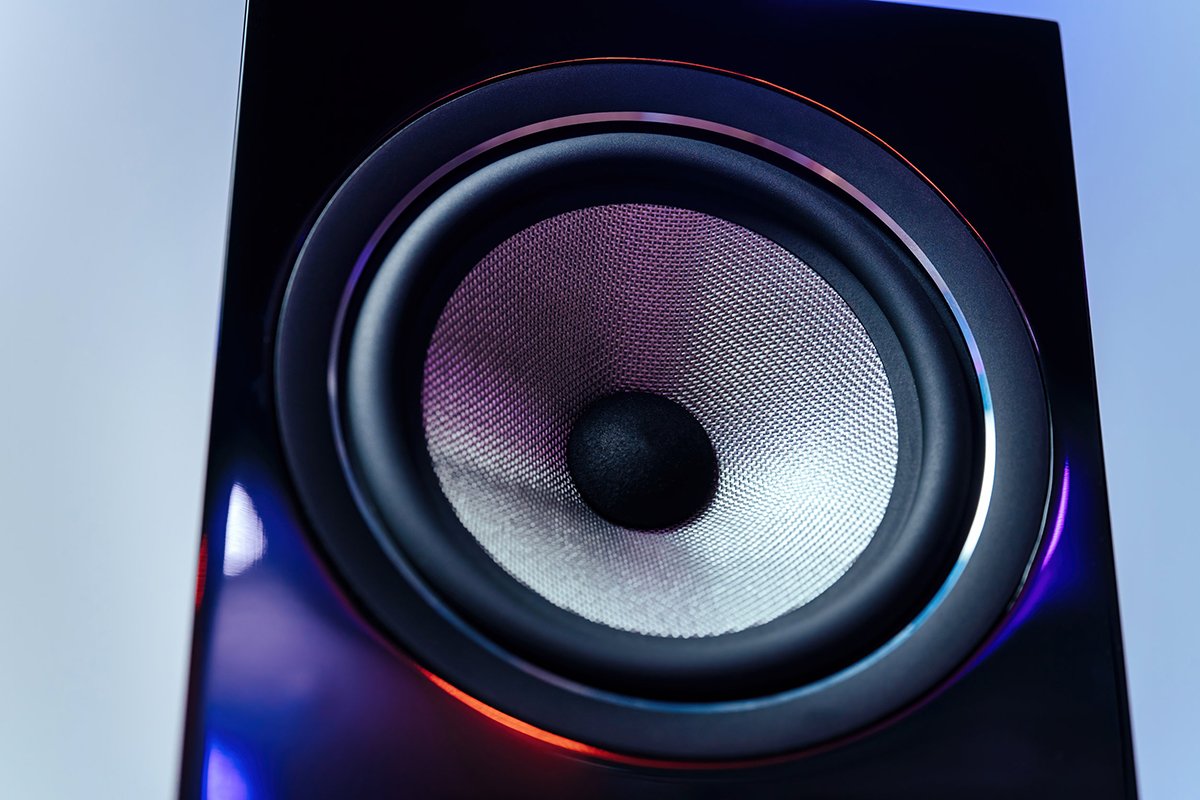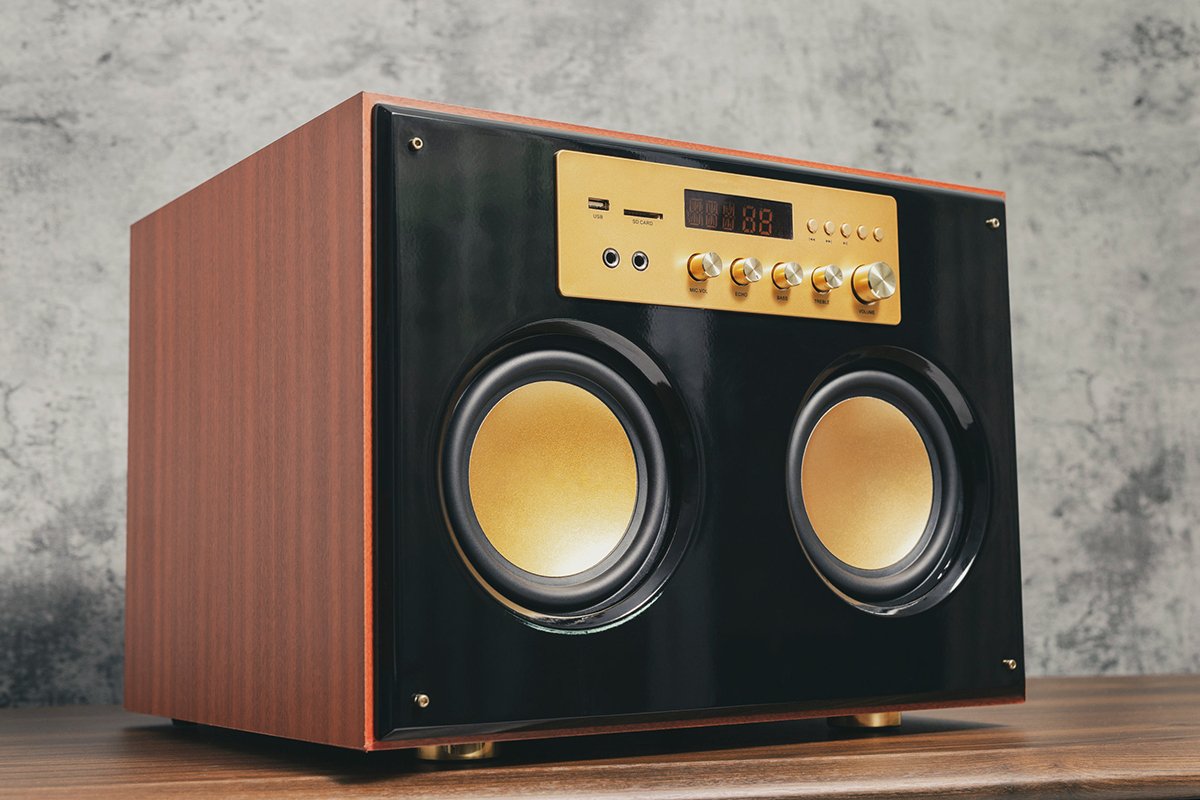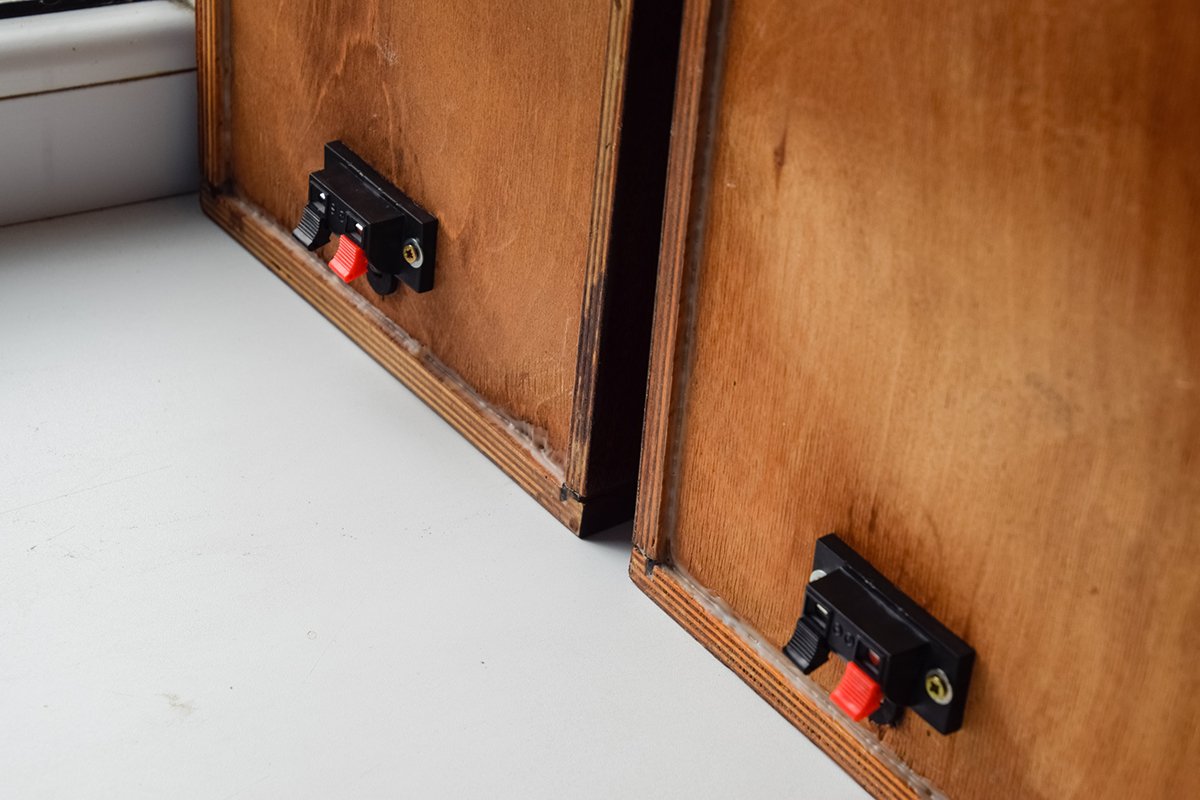A subwoofer that starts buzzing when volume levels increase is a problem that needs to be addressed head-on. This issue isn’t only grating and stressful to listen to, but it could also severely damage your equipment if left unattended for too long. Therefore, for any audiophile looking to gain this critical piece of knowledge about their subwoofer, this guide is for you.
Here’s how to fix a subwoofer that’s buzzing at high volume:
- Adjust the volume.
- Check the power transmission.
- Change the inputs.
- Switch the outlet.
- Adjust the connection’s polarity.
- Use a transformer.
- Check for interference.
- Examine for physical damage.
Regardless of whether the interfering sound is deafening or requires a trained ear to be detected, it could signal a severe problem that could eventually lead to the deterioration of your equipment’s quality and longevity. Luckily, there are a few simple ways for you to quickly and efficiently resolve this issue, and in this article, I’ll take you through all of them.
Page Contents
1. Adjust the Volume
The first thing you’ll want to do to get the troubleshooting process going is to start adjusting the volume and take notes of the sound quality that your equipment is producing. Although sometimes this issue starts off as only detectable when volume levels increase, if it keeps damaging the subwoofer long enough, you may start hearing it even at lower volumes.
This step will help you determine not only the nature but also the extent of your problem. For example, if the hum goes down along with the volume, chances are the root of your issue is either your CD player or turntable. To confirm your suspicion, you can always replace each of your sources with a known working one to determine the faulty component and fix it accordingly.

Once you remove the gear that was causing the buzzing sound, you can either take it to a professional for a thorough repair (if the damage isn’t too extensive yet) or replace it altogether, as leaving it could potentially harm your entire sound system.
Most commonly, by the end of this step, you’ll have resolved your buzzing issue. If this is the case, there’s no need to worry as you’ll be able to quickly and easily find and solve the problem before it starts affecting the connected equipment.
Additionally, keep in mind that all subwoofers are designed to produce lower-pitched sounds, meaning that all of them have a breaking point in which the volume gets too high for the equipment to operate efficiently. The suggested fix is only applicable in those cases where this breaking point is unusually low, or at least lower than usual.
Additionally, the volume adjusting exercise will help you determine the range in which your subwoofer operates optimally under the current conditions, a range which you should take note of and follow so as not to overexert your equipment.
2. Check the Power Transmission
If the volume adjustment technique didn’t provide any helpful information, the intensity of your power transmission might be the issue. This is another common factor that can cause a subwoofer to buzz, as it is a factor that doesn’t even cross most audiophiles’ minds.
However, even if you have the best quality equipment on the market, a mismatched impedance might lead to a wide variety of issues, with unwanted, disruptive sounds being one of them. For this reason, it’s crucial to be careful when choosing the right subwoofer for your studio or living space, as you’ll always want to go for the option that best fits the intensity of your power outlets.
By doing so, you’ll be able to optimize the performance and longevity of your equipment. This means that a more affordable subwoofer might sometimes perform better in your space compared to a high-end alternative if it corresponds perfectly with the power transmission coming out from your outlets.
The operative word here is “perfectly,” as both overpowering and underpowering a subwoofer could be detrimental to its quality, with the latter being one of the riskiest conditions you can put your equipment in.
Overpowering a Subwoofer
Although every audiophile already knows to avoid underpowering their subwoofer at all costs, overpowering can sometimes be just as dangerous. When you exceed your equipment’s capacity to receive electric signals, the voice coil will overexert and overhead, leading to severe electrical and mechanical damage inside the system.
A subwoofer produces sound through the voice coil bending forward and backward, which leads to the creation of the necessary frequency. However, when the signal this coil receives is too overpowering, it will be forced to move beyond its capacities.
If these conditions last for an extended period of time, the mechanism will strain, leading to irreparable damage that can spread to connected components as well.

Underpowering a Subwoofer
Underpowering a subwoofer can often be even more dangerous than overpowering it. When the electrical signals delivered are too low, the cone connected to the voice coil will be pushed too far, leading to severe damage and even breakage.
Of course, this doesn’t immediately happen at the first sign of a poor signal. Still, suppose said signal continues to be delivered to the subwoofer for extended periods. In that case, the equipment’s core components will slam into themselves, often causing enough damage to render the whole subwoofer unusable.
Additionally, most subwoofer speakers are better equipped to handle excessive power signals, while underpowering can quickly distort them. And as many audiophiles already know, distortion is the leading cause of speaker damage, which is why you’ll want to avoid it at all costs.
Think about it this way. You’ve amped the volume up, putting pressure on your subwoofer to deliver a certain level of power when it comes to its output. However, you’re not providing enough electric signal for it to be able to comfortably produce this sound level; therefore, it will inevitably overexert until it reaches a breaking point when it won’t be able to properly function.
3. Change the Inputs
Sometimes the problem isn’t the power signal itself but the input equipment. Cables and ports responsible for transmitting the electric signal to your subwoofer can often get damaged or worn out with extended use.
For this reason, before diving into more complex troubleshooting processes, it’s worth taking a look at all audio cables in use to check for any visible signs of damage. What often happens is that the cable will be partially disconnected, which could lead to a very prominent buzzing sound coming out of your subwoofers.
Additionally, it’s worth checking the placement of all your sound system’s components as a wrongly placed audio cable, or speaker can often lead to audible sound distortion that could come out in the form of a buzz. The placement issues are often closely connected to unexpected interference, which I’ll cover more in-depth in one of the following sections.
Luckily, the troubleshooting and fixing process for a faulty input is easier than you’d think. All you have to do is play with the component’s placement and, if necessary, switch it with a known working one to better test its performance. Repeat the process with all possible inputs until you find the source of your buzzing sound.
However, if switching your inputs one by one doesn’t provide you with any usable information, don’t forget to try removing them altogether at once. If the buzzing sound disappears after doing so, chances are you’re dealing with a ground loop. This phenomenon is especially likely if you’ve connected your sound system to a video-related device.
After disconnecting the created loop, you’ll be able to find the faulty input that caused it by reconnecting all of them one by one until the buzzing sound returns.
4. Switch the Outlet
If you can’t find a faulty input cable, chances are your ground loop is created by an overpowered outlet catering to many devices simultaneously. Therefore, if you’ve plugged your device into a shared socket, it might be fighting another piece of equipment to receive the necessary power supply.

As you can imagine, the solution to this problem is pretty straightforward. If you relocate your subwoofer and plug it into a better-quality outlet and the buzzing sound stops, you’ll know that the root cause of your issue was the overcrowded socket.
Additionally, if reorganizing an entire sound system sounds impractical, you can always try investing in a high-quality extension cord that allows you to plug your subwoofer anywhere (preferably in an individual outlet).
These GE 3-Outlet Power Strips from Amazon are durable, flexible, and come in a variety of lengths, allowing you to find an option that perfectly fits the distance you want to cover. They can handle and transfer a wide range of power supplies while ensuring you remain as safe as possible, with high-quality safety covers that prevent any potential electrical shocks.
5. Adjust the Connection’s Polarity
Although this isn’t usually the most common cause for a buzzing subwoofer, it’s still worth checking out as a possibility, as it’s one of the easiest issues to troubleshoot and fix.
When your subwoofer enters its reverse phase, the conductors will switch their polarity, leading to a slight delay in signal transmission. This, in turn, will cause the beat cone to become out of sync with the other speakers, resulting in the buzzing sound you may be hearing.
All you have to do is reverse the equipment’s plug orientation by using a ground adapter with uniform-sized prongs that don’t allow for any unexpected polarity reversals.
6. Use a Transformer
If you still haven’t invested in a transformer to prevent any possible ground loops from happening, I highly suggest looking into purchasing one. Additionally, if you do have one, but the previous techniques did not yield any results, you might want to inspect your transformer as well for any signs of distress or damage.
The reason for this is that if your transformer has been damaged, chances are you’ll need to fix or replace it as soon as possible; otherwise, it might cause damage to all of the sound system’s components, and mainly subwoofers.
This Earthquake Sound GLI-200 ground loop isolator from Amazon is an excellent choice for those looking to invest in their first transformer. It eliminates almost any unwanted audible disruptions caused by ground loops while improving your subwoofer’s overall sound quality. Additionally, it’s compatible with just about all audio systems and surfaces.
7. Check for Interference
I briefly mentioned the effect that interference could have on your subwoofer’s output in a previous section. Generally speaking, if by this point you still haven’t found a cause for the buzzing sound disrupting your listening experience, chances are the issue is caused by an interfering frequency located near your audio system.
Most studios and living spaces are filled with different electromagnetic radiation devices outputting different frequencies. When placed too close together, these frequencies can interfere with one another, distorting the final sound and causing an audible buzzing or humming sound.
In this case, you’ll want to get rid of any devices radiating their electromagnetic field near your subwoofer. If interference was the cause of your problem, the buzzing sound should entirely disappear after this step. Afterward, all that’s left to do is find a better arrangement for your electromagnetic equipment.
8. Examine for Physical Damage
If none of the previous solutions seem to help you get closer to a solution, it might be time to take a closer look at the physical components of your audio system to check for any possible damage.
A subwoofer, along with any other components that comprise a typical sound setup, doesn’t always need to experience forceful hits in order to suffer physical damage. Temperature changes, less-than-ideal humidity levels, and extended exposure to sunlight could all result in quicker deterioration of your system’s components.
If this is the case, it’s always a good idea to ask for a professional’s opinion before executing any possible solutions on your own.

Conclusion
The importance of adequately fixing a subwoofer that buzzes at high volumes is multi-tiered. This issue isn’t only aggravating and difficult to hear, but it can also significantly deteriorate your equipment’s overall performance and longevity.
Luckily, by following a few simple steps, you’ll be able to quickly find the cause of this often hard-to-detect issue and fix it accordingly. The most common problems that cause this phenomenon include unsuitable volume levels, power transmission imbalances, and ground loops caused by faulty inputs.
If all fails, don’t hesitate to call a professional for a more thorough troubleshooting process.

